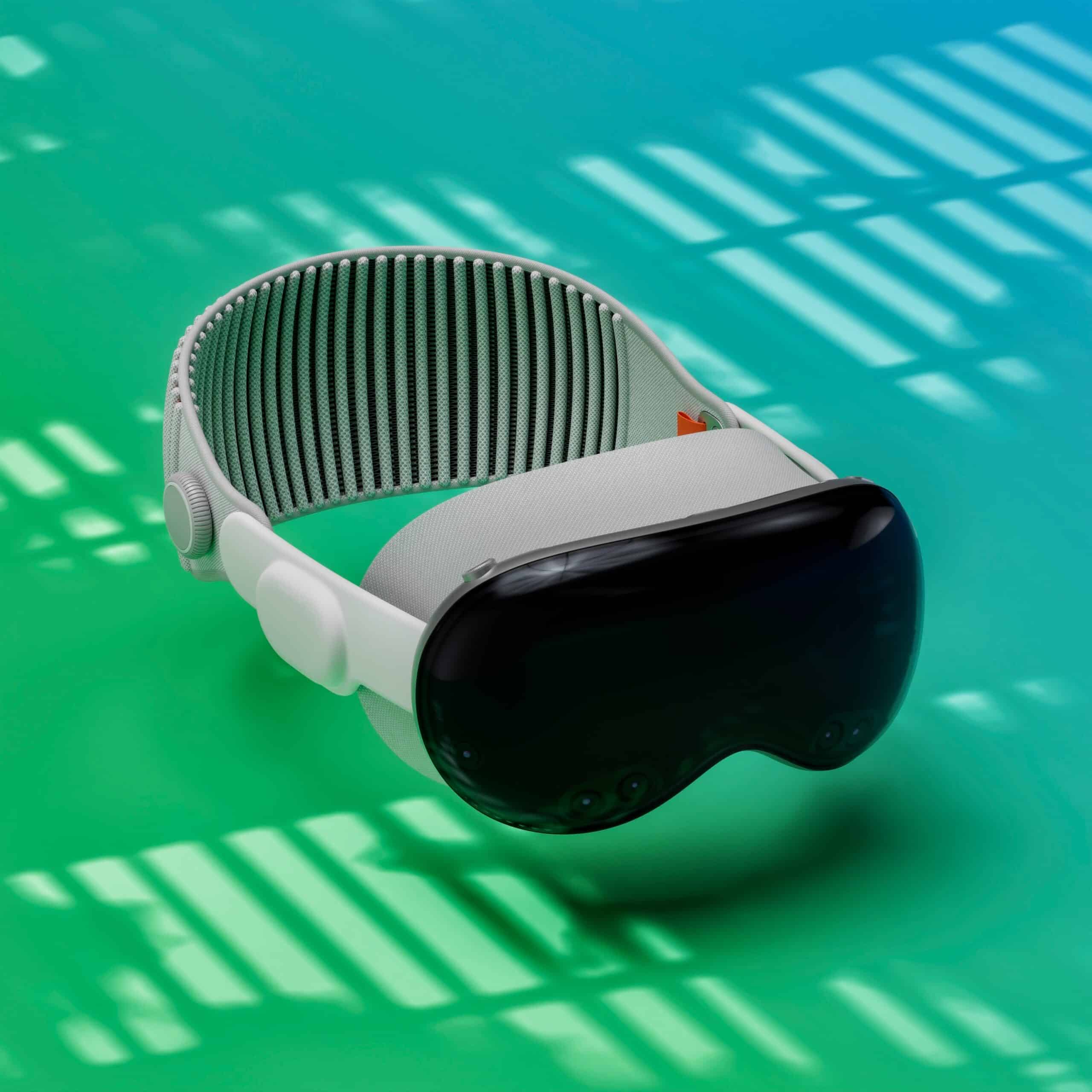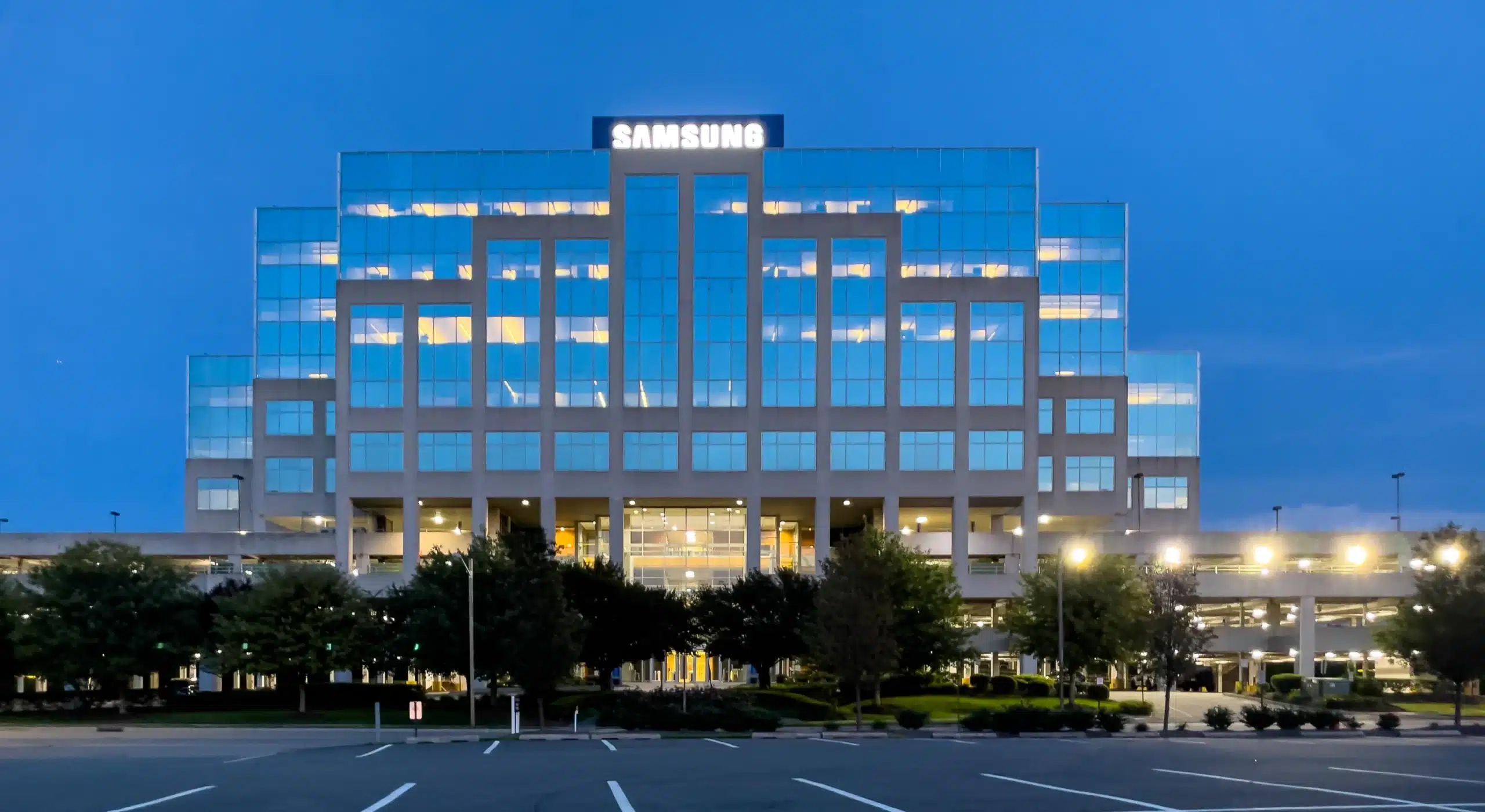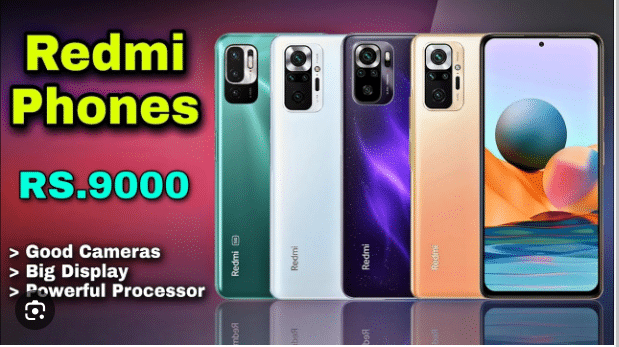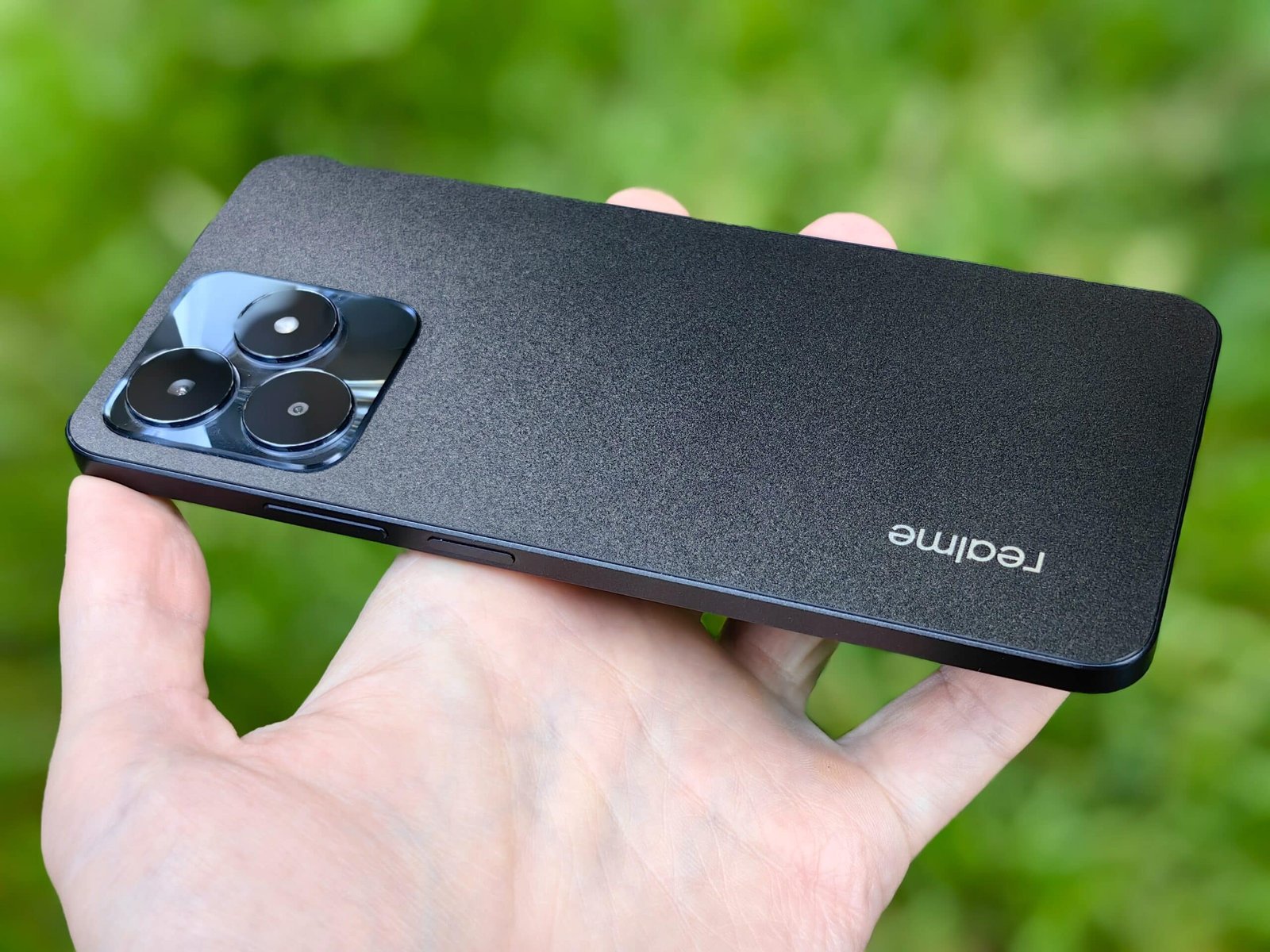Apple has announced plans to begin selling its highly anticipated Apple Vision Pro mixed reality headset on February 2nd in the United States, marking the company’s entry into the burgeoning virtual and augmented reality market. The high-end headset will become available for pre-order on January 19th and carries a substantial price tag of $3,499, reflecting Apple’s commitment to delivering top-of-the-line technology for early adopters.
Tim Cook also announced the same on Twitter. Tim Cook’s proclamation underlines Apple’s vision for the Apple Vision Pro headset. By describing this as the era of “spatial computing,” Cook suggests this product will launch a new paradigm of human-computer interaction far more immersive than traditional interfaces.
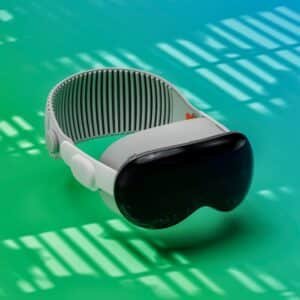
As it comes with a hefty price tag, the expensive price point means mass consumer adoption may develop more gradually; the Vision Pro showcases Apple’s innovative engineering capabilities.
Powered by the company’s new reality processor, which can handle sensor data faster than the human eye can blink, the headset offers users an immersive digital environment with resolution surpassing today’s best 4K displays. Its see-through lenses also introduce unprecedented interaction between virtual content and the real world.
If the product achieves even a small percentage of the success Apple found with prior game-changing devices like the iPhone, it could significantly elevate public awareness of mixed reality technologies.
Over time, as costs reduce through competition and mass production, the benefits of virtual worlds merging with everyday life may become accessible to more users. For now, the Vision Pro allows Apple to stake an early claim in a new market that could profoundly influence how people interact digitally in the decades ahead.
Also, read -> Asus Unveils ROG Phone 8 Series at CES 2024: Gaming Powerhouse Redefined
Apple Vision Pro: Design
As pre-orders for its forthcoming mixed reality headset Vision Pro open today, Apple provided further details on the ergonomic engineering that aims to maximize comfort during extended periods of immersion. The VR system features a modular construction utilizing lightweight aluminum alloys and a choice of fittings to accommodate various facial structures.
Conforming to each user’s unique anatomy is a so-called “Light Seal” made of plush textiles available in various widths and profiles. Flexible straps with multiple adjustment points likewise tailor the fit while keeping audio components precisely positioned. Meanwhile, interchangeable headbands enable custom sizing along with stylish alternatives.
Apple stresses access to this level of anatomical customization, which sets a new standard for the nascent VR industry. Each Vision Pro includes two Light Seal cushions and fitting tools to find the optimal configuration. Complementing the design are protective accessories like a cover skin and cloth to maintain the device’s pristine functionality over time.
Whether the ergonomic engineering achieves Apple’s ambitious compatibility goals remains to be seen following the product’s full public availability next month. However, the company’s diligence in accommodating anatomical diversity from the outset aims to maximize the headset’s accessibility and appeal to a broad range of virtual reality enthusiasts.
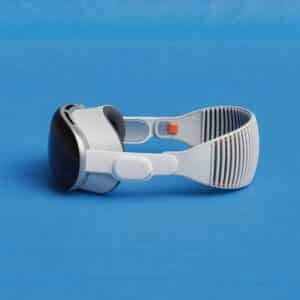
Apple Vision Pro: Specs and features
Here are some pointers on the key specs and features of Apple’s Vision Pro VR headset:
- Phenomenal performance: Powered by the M2 processor and new R1 chip processing input from 12 cameras/5 sensors/6 mics at over 8x an eyeblink’s speed for zero lag. Video rendered at silky smooth 4K.
- Stunning dual displays: Two ultra high-res screens combine for a virtual 100ft 4K view that looks sharp from any angle. Text, especially, is crystal clear.
- Immersive 3D audio: Custom drivers in each “pod” deliver spatial audio tuned to your unique ears. Audio ray tracing, too, for localized sound.
- Advanced eye-tracking: Onboard cameras/LEDs precisely track eye movement to control the interface via gaze. No external devices are needed.
- Biometric security: Using its “Optic ID” iris recognition, unlock and authenticate purchases securely like the iPhone’s Face ID.
- Life-like presence: “EyeSight” shows your actual eyes to others for a seamless blend of virtual and reality. Context-aware, too, to avoid recording others.
- Untethered freedom: While its portable battery provides a comfortable two hours, it can also be plugged in for extended sessions.
Overall, the Vision Pro’s extensive tech package aims to realize a new spatial world—bringing virtual objects vividly into your real space with photorealistic rendering and full-body tracking.
